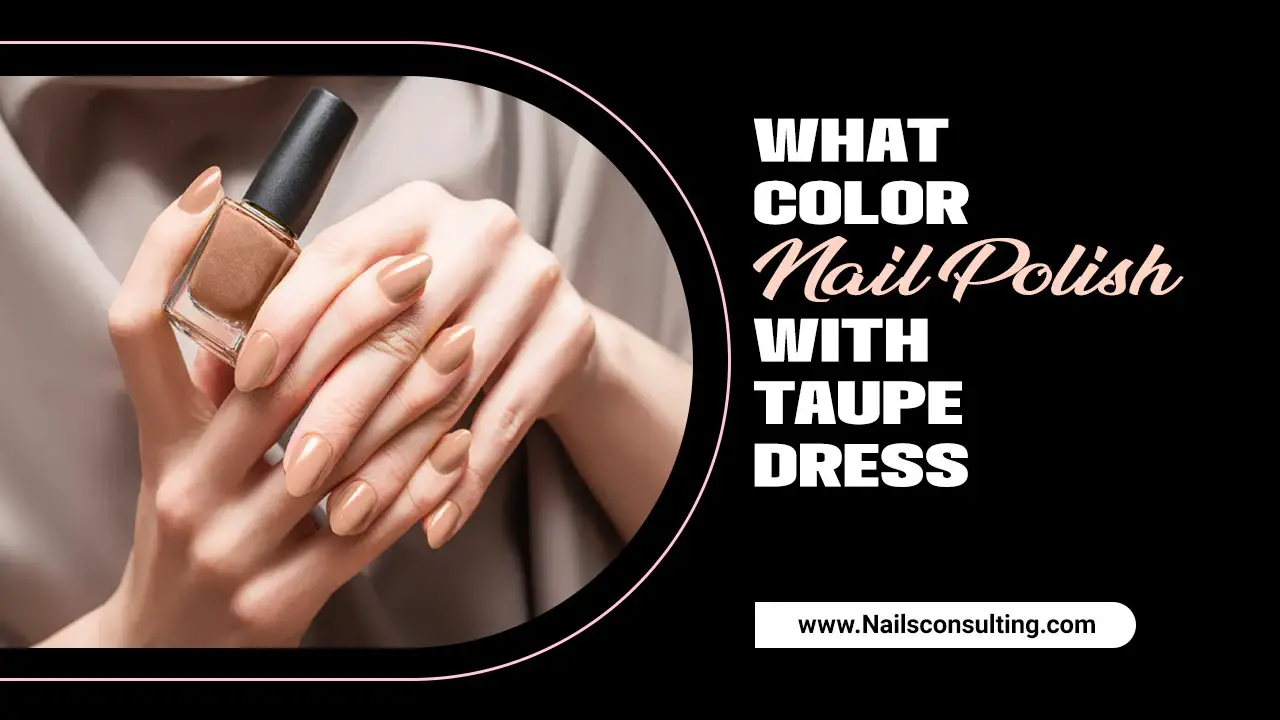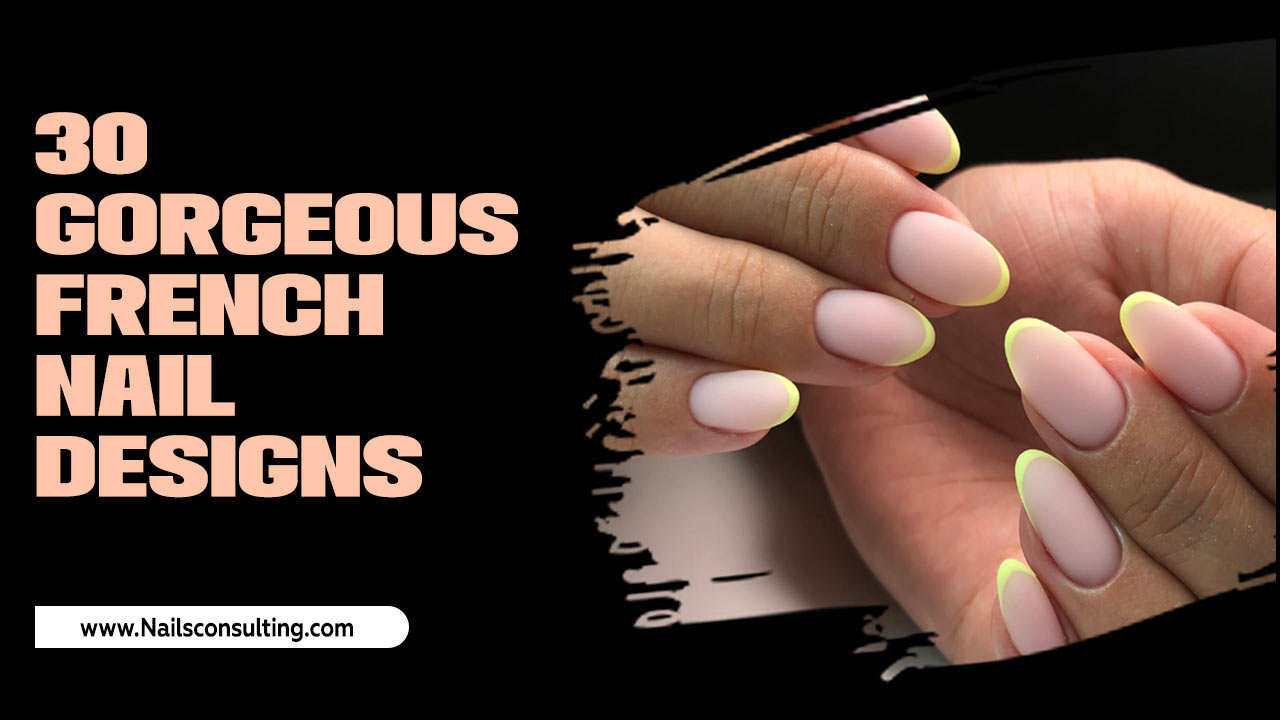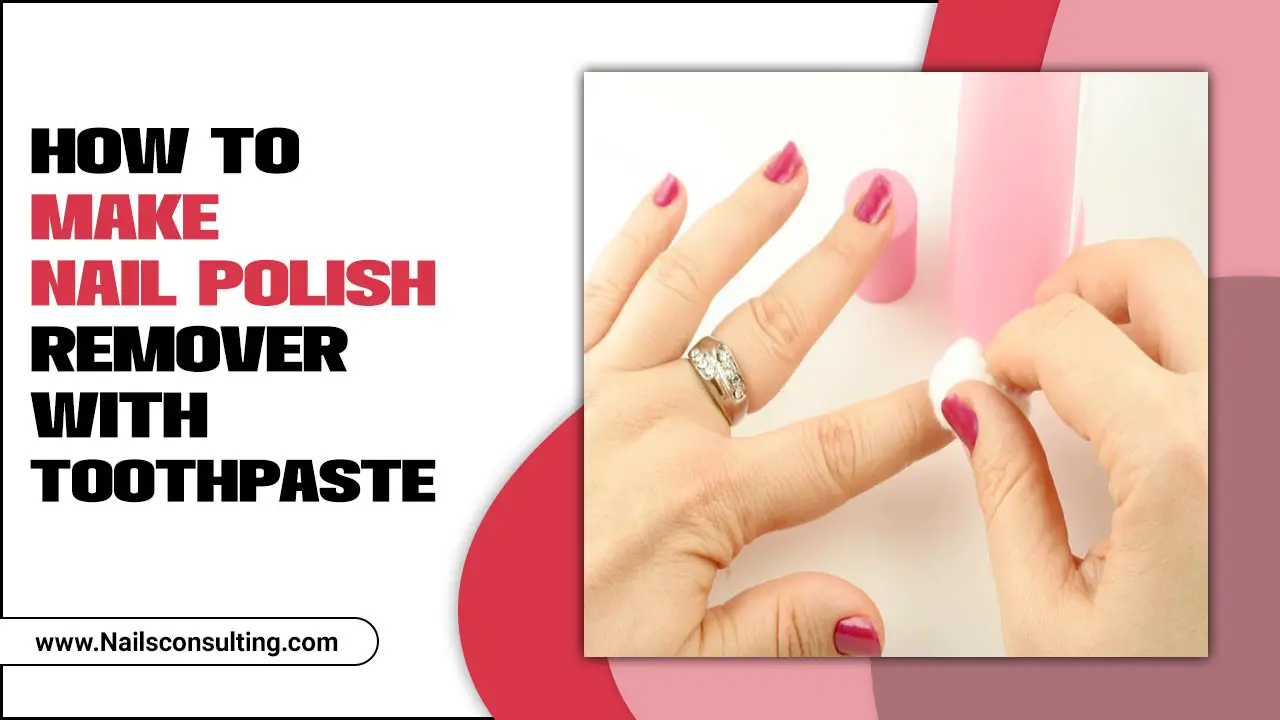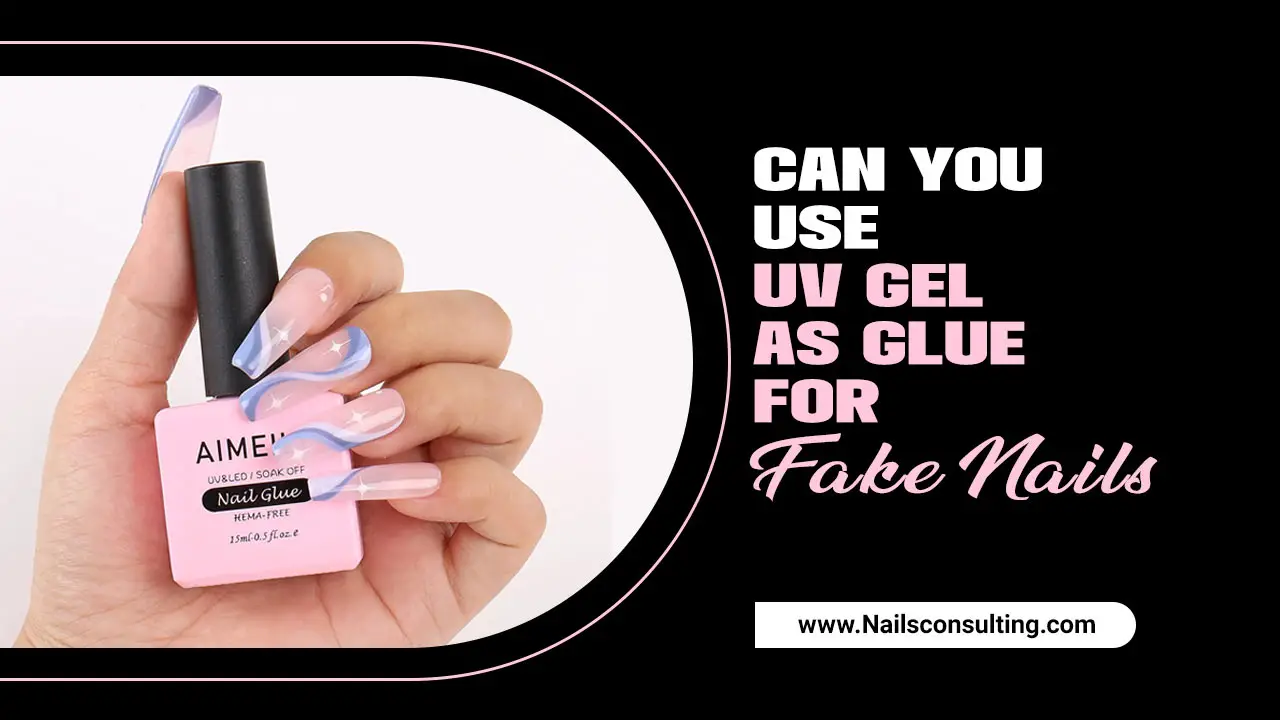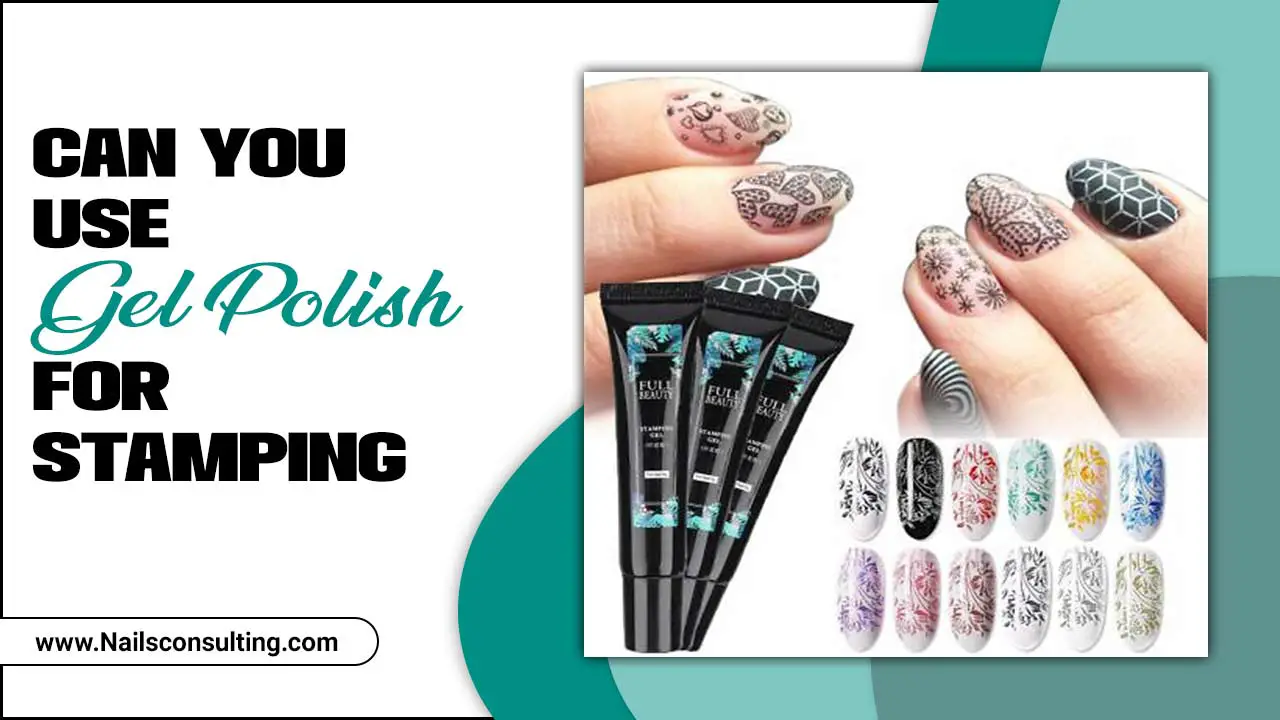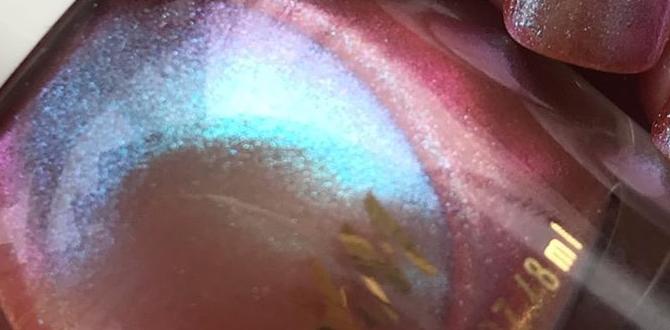Quick Summary: Create stunning succulent nail designs with simple techniques! Learn easy steps, essential tools, and trending looks to bring the beauty of nature to your fingertips, perfect for beginners wanting a unique and chic manicure.
Love the earthy, unique beauty of succulents? Why not bring that gorgeous green vibe right to your nails? If you’ve ever admired those intricate, nature-inspired designs and thought, “I could never do that!”, think again! Nail art, especially when inspired by something as forgiving and lovely as succulents, is more accessible than you might imagine. We’re here to show you how to achieve beautiful succulent nail designs, even if you’re just starting out with nail art. Get ready to transform your nails into tiny, stylish desert oases!
Why Succulent Nail Designs Are So Popular
Succulents are having a major moment, and it’s easy to see why. Their unique shapes, soothing colors, and resilient nature have captured our hearts. This love for succulents has naturally extended into the world of beauty, and nail art is the perfect canvas for these miniature botanical wonders. They offer a sophisticated yet playful touch, adding a pop of natural charm to any outfit. Plus, they’re less prone to looking “messy” if your hand isn’t perfectly steady, making them ideal for learning new skills!
Essential Tools for Succulent Nail Art
Before we dive into designs, let’s gather our supplies. You don’t need a professional salon setup to create beautiful succulent nails. Most of these items can be found at your local drugstore or online beauty supply store.
Nail Polish Basics
- Base Coat: Protects your natural nails and helps polish adhere better.
- Top Coat: Seals your design and adds shine, making it last longer.
- Green Polishes: A variety of shades – think light mint, deep forest green, army green, and even a touch of yellow-green.
- Brown/Terracotta Polishes: For potential pot accents or earthy background shades.
- White/Cream Polish: Useful for highlights, tiny details, and creating a good base.
Artistic Tools
- Fine-Tipped Nail Art Brushes: These are your best friends for drawing delicate lines and details. A set with various tip sizes is very handy. If you’re just starting, a single thin liner brush will do wonders.
- Dotting Tools: Perfect for creating small dots that can form the base of petals or round succulent leaves. They come in various tip sizes.
- Toothpicks or Orange Sticks: Great for dotting, blending, or cleaning up edges.
- A Palette or Piece of Foil: To mix your polish colors and thin them out slightly if needed for painting.
Optional Extras
- Nail Art Wipes or Rubbing Alcohol: For cleaning brushes between colors.
- Stencils or Water Decals: For a super-easy shortcut if you’re short on time or practice.
Beginner-Friendly Succulent Nail Design Ideas
Let’s get creative! These designs are perfect for nail art novices and can be adapted to your skill level.
The Simple Succulent Silhouette
This design focuses on simple shapes and minimal detail, making it perfect for beginners. It’s all about capturing the essence of a succulent.
Steps:
- Prep Your Nails: Start with clean, dry nails. Apply a base coat and let it dry completely.
- Choose Your Base Color: Paint your nails with a soft, neutral color like a light beige, cream, or a pale grey. This will make your succulent design pop. Let this layer dry thoroughly.
- Paint the Succulent Shape: Take a medium green polish and your thinnest nail art brush. On each nail, paint a simple, slightly elongated oval shape. This will be the body of your succulent. Don’t aim for perfection; organic shapes are best here.
- Add Petal Details: Using the same green polish and your brush, or a dotting tool, add a few curved strokes or small dots on top of the oval to suggest petals or leaves. Think about how the leaves overlap slightly on a real succulent.
- Highlighting (Optional): For a touch of depth, add a tiny dot of a lighter green or even a pale yellow to the center of your succulent shape or along the edge of a “petal.”
- Seal the Deal: Once everything is completely dry, apply a generous layer of top coat.
The “Potted” Succulent Accent Nail
This design uses one nail as a focal point, creating a cute mini planter with a succulent peeking out. It’s effective and manageable.
Steps:
- Base and Accent Nail Prep: Apply your base coat. For all nails except your accent finger (usually the ring finger), apply a solid base color like a soft green, beige, or a terracotta red. Let dry.
- Create the Pot: On your accent nail, use a brown or terracotta polish and your finest brush. Paint a simple, upside-down trapezoid (wider at the top, narrower at the bottom) to resemble a small pot or planter. You can add a faint line across the very top to suggest the rim.
- Paint the Succulent: Inside the pot outline, using your green polishes and a fine brush or dotting tool, create a small cluster of layered oval or teardrop shapes. Imagine a small Echeveria or Sedum growing. Start with a base shape and add smaller ones overlapping.
- Add Soil Texture (Optional): If you have a dark brown or black polish, you can carefully dab tiny specks into the “pot” area around the base of the succulent to mimic soil.
- Details and Highlights: Use a slightly lighter green to add tiny highlights to the tips of the succulent “leaves.” A dot of white can really make the edges pop if desired.
- Top It Off: Apply a reliable top coat to seal your masterpiece.
The Gradient Green Succulent Look
This technique uses multiple shades of green to create a lush, multi-dimensional effect, mimicking the natural color variation in succulents.
Steps:
- Base Color: Apply a light, neutral base coat and let it dry.
- Create the Gradient: On your mixing palette or foil, place small dots of 2-3 shades of green polish (e.g., light green, medium green, dark green). Add a tiny bit of top coat to each dot to slightly thin the polish and make it easier to blend.
- Apply with Brush: Using a clean, slightly stiff nail art brush (a fan brush can also work well here), gently dab and blend the green polishes onto your nail. Start with the lightest shade and layer darker shades over it, blending as you go to create a natural gradient effect. You’re aiming for subtle color shifts, not harsh lines.
- Shape the Succulent: Once the gradient is mostly dry, use a fine brush and a darker green polish to paint a simple succulent shape over the gradient blend. The underlying gradient will give it instant depth.
- Refine and Detail: Add tiny highlights with a lighter green or a touch of white polish to the edges or center of the succulent to make it stand out. You can also use a darker green to add subtle shadow lines between petal-like shapes.
- Seal and Shine: Apply your top coat once completely dry.
The “Echeveria Bloom” Design
Echeverias are known for their beautiful, rose-like rosette shapes. This design aims to capture that delicate layering. It requires a bit more patience but is incredibly rewarding.
Steps:
- Base and Prep: Apply base coat and a pale pink, beige, or light green polish. Let dry.
- Center Petals: With your finest brush and a medium green polish, paint a small, tight spiral or a few small, pointed shapes in the center of your nail. This is the core of your bloom.
- Layering Outer Petals: Using the same green polish (or slightly varying shades), add more curved petal shapes around the center. Imagine small, pointed leaves slightly cupping the ones next to them. Work in concentric circles, making each outer layer slightly larger.
- Shading for Depth: Once you have your basic shape, go back with a darker green polish and a very fine brush. Add subtle shading lines along the base of the inner petals or where petals overlap. For highlights, use a touch of lighter green or white on the tips or raised edges of the outer petals.
- Refine Edges: Clean up any stray lines with a brush dipped in nail polish remover.
- Final Seal: Apply top coat.
Pro Tips for Perfect Succulent Nails
Even simple designs can be elevated with a few insider tricks. Here are some tips to help your succulent nail art shine:
- Thin Your Polish: If your polish is too thick, it will be clumpy and hard to control. Adding a drop of nail polish thinner (not remover!) can revive old polish.
- Less is More: When painting fine details, it’s better to start with less polish on your brush and build up the color.
- Practice Strokes: Before painting on your nail, practice drawing lines and shapes on a piece of paper or a nail art practice mat. This helps you get a feel for the brush and polish consistency.
- Clean Brushes Promptly: Always clean your nail art brushes with nail polish remover or alcohol immediately after use. Dried polish will ruin your brushes.
- Patience is Key: Allow each layer of polish to dry completely before adding the next. This prevents smudging and makes the whole process much smoother.
- Vary Your Greens: Don’t stick to just one shade of green. Mixing muted greens with brighter ones and adding a touch of yellow or brown can create a more realistic and sophisticated look.
- Consider Texture: For a subtle change, try a matte top coat over your finished design for a more earthy, natural feel.
Troubleshooting Common Nail Art Issues
Don’t get discouraged if things don’t look perfect the first time. Here’s how to fix common hiccups when creating succulent nail designs.
- Smudged Lines: If you smudge a line or shape, try to blend it slightly with a clean brush or a slightly different color to make it look like shading. If it’s really bad, a quick swipe with polish remover and a steady hand can fix it, but be careful not to remove too much.
- Wobbly Lines: Uneven lines can be softened by layering another slightly darker line on top to adjust the shape, or by using a slightly lighter color to ‘clean up’ the edges.
- Clumpy Polish: This usually means your polish is too old or too thick. Try adding a drop of nail polish thinner. If that doesn’t work, it might be time for a new bottle!
- Too Much Polish on Brush: This leads to blobs. Gently wipe excess polish on the edge of the bottle opening or on a lint-free wipe before applying to the nail.
Durability and Maintenance
Succulent nail designs, like any nail art, require a little care to last. Here’s how to keep them looking fresh:
- Generous Top Coat: A good quality top coat is crucial. Apply it in thick, even strokes, and cap the free edge of your nail (run the brush along the very tip of your nail) to prevent chipping.
- Avoid Harsh Chemicals: Wear gloves when doing household chores involving water or harsh cleaning products. These can break down the polish and top coat.
- Moisturize: Keep your cuticles and nails hydrated with cuticle oil. Healthy nails and skin look better and help your manicure last longer.
- Touch-Ups: For minor chips or wear, you can sometimes do a small touch-up with polish and then reapply a top coat.
Exploring Different Succulent-Inspired Themes
Beyond just painting a succulent, you can get creative with themes!
Desert Vibes
Combine succulents with sandy textures, terracotta accents, and maybe even tiny cacti for a full desert tableau. Use speckling techniques to mimic sand.
Boho Chic
Pair succulent designs with bohemian patterns, earthy tones, and maybe even some delicate geometric lines. Think natural stones and crystals for inspiration.
Minimalist Green
Focus on clean lines and single, elegant succulent shapes on a nude or sheer base. This offers a sophisticated, understated look.
Tropical Green
While succulents are desert plants, you can interpret “green” in a tropical way! Think lush, bold greens with water droplets (achieved with clear polish or gel) and perhaps some leafy accents.
Comparing Nail Art Techniques: DIY vs. Professional
When it comes to creating stunning succulent nail designs, you have two main options: DIY at home or visiting a professional salon. Both have their pros and cons, especially for beginners.
| Feature | DIY Succulent Nail Art | Professional Salon Succulent Nail Art |
|---|---|---|
| Cost: | Low, after initial investment in tools and polishes. Allows for budget-friendly experimentation. | Higher per session, but provides expert results. Can be cost-effective if you value convenience and quality greatly. |
| Time Commitment: | Requires your own time for learning, practicing, and execution. Can be done flexibly. | Scheduled appointment, typically 30-60 minutes depending on complexity. |
| Skill Level Required: | Starts low for basic designs, can increase significantly with practice and complex techniques. Lots of tutorials available. | Professionals have trained skills. You can discuss your vision and they execute it flawlessly. |
| Design Variety: | Limited only by your practice and tools. You can try absolutely anything! | Professionals have access to advanced tools, products, and extensive training, often resulting in intricate and flawless finishes. |
| Convenience: | Can be done anytime, anywhere at home. Great for busy schedules. | Requires travel to the salon and booking an appointment. |
| Customization: | 100% customizable to your exact preferences. | Highly customizable with discussion, but ultimately limited by the nail tech’s interpretation and skill. |
| Tools & Products: | You build your own collection of polishes and tools. Learning to use them is part of the process. | Salons use professional-grade products and tools, which can offer superior longevity and finish. |
For beginners, the DIY route is fantastic for learning and experimentation. You can start with the simple designs we’ve outlined. As you get more comfortable, you can try more complex techniques. If time is a major constraint or you want a truly flawless, intricate design without the learning curve, a professional manicure is a wonderful treat. Many salons offer custom nail art, and showing them a picture of your inspiration (like a specific succulent or design you love) is the best way to get what you want.
The beauty of succulent nail designs is their adaptability. Whether you’re painting them freehand after hours of practice or using a few well-placed decals, the goal is to feel confident and express your personal style. For those looking to invest in professional tools, exploring resources like the CDC’s guidelines on nail salon safety can offer insights into hygiene practices, which are also important for at-home nail care to prevent infections.
Frequently Asked Questions About Succulent Nail Designs
Q1: What are the easiest succulent nail designs for beginners?
The simplest designs involve painting basic oval or teardrop shapes in different shades of green to represent succulent leaves. The “Simple Succulent Silhouette” and the “Potted Succulent Accent Nail” are excellent starting points.
Q2: What colors are best for succulent nail designs?
Varying shades of green are essential – think mint, emerald, forest green, and even a yellowish-green. Earthy tones like beige, brown, and terracotta are great for pot accents or base colors.
Q3: Do I need special brushes for succulent nail art?
While you can achieve basic designs with a toothpick or a regular thin brush, a dedicated nail art brush with a very fine tip is highly recommended for drawing details like petal edges and fine lines cleanly.
Q4: How long do DIY succulent nail designs typically last?
With a good base coat, careful application, and a high-quality top coat sealed properly, well-done nail art can last anywhere from 5 to 10 days, depending on your nail type and daily activities.

